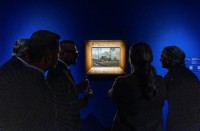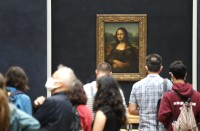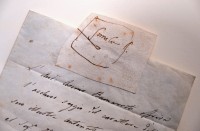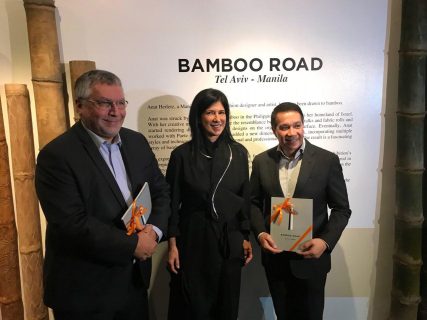
Caesar Vallejos, Eagle News Service
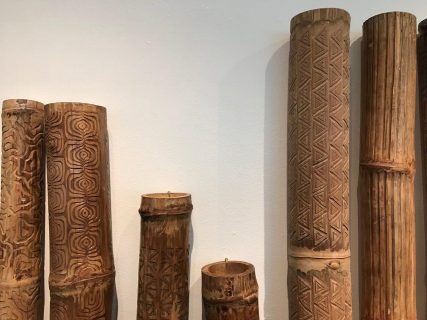 The Philippine bamboo, a versatile material known for its variety of economic uses, from handicrafts to musical instruments, served as the centerpiece to celebrate Israel and Philippine friendship.
The Philippine bamboo, a versatile material known for its variety of economic uses, from handicrafts to musical instruments, served as the centerpiece to celebrate Israel and Philippine friendship.
Anat Heifetz, a Manila-based Israeli artist “combined ideas from two worlds, actually many worlds using bamboo,” Ambassador of Israel to the Philippines Ephraim Ben Matityau said.
“This is unique,” the Ambassador stressed, also noting that the art using bamboo as canvass will have “Israel get the attention of this country”, a “great place to live in”.
The exhibit entitled “Bamboo Road: Tel Aviv-Manila” is mounted at the Ayala Museum for the celebration of Israel’s 70th Anniversary and 60 years of the Israel-Philippines Friendship Treaty.
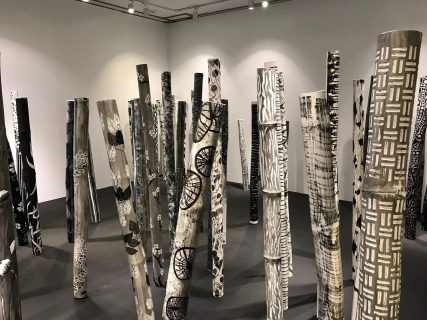 It is an array of bamboos of all shapes and designs, an art installation that bridges two cultures, a collection of Anat’s work for the past two years.
It is an array of bamboos of all shapes and designs, an art installation that bridges two cultures, a collection of Anat’s work for the past two years.
“I just came from the Senate for the passing of the resolution of friendship between Israel and the Philippines,” Ambassador Matiyau narrated at the opening of the exhibit.
According to him, it was the first time in the history of the Senate that this was adopted and “I am honored and moved” by the act.
Senate Resolution 757 promotes relations between the Philippines and Israel through the establishment of a Philippines-Israel Parliamentary Friendship Association.
Bamboo symbols
Anat has travelled the Philippines from the north to south. “I have been to Sagada, Banaue, Palawan, Bohol and climbed up to the mountains and even visited the tattooed lady,” referring to the 95-year old Apo Whang-Od from Kalinga who uses bamboo sticks in her tattoo sessions.
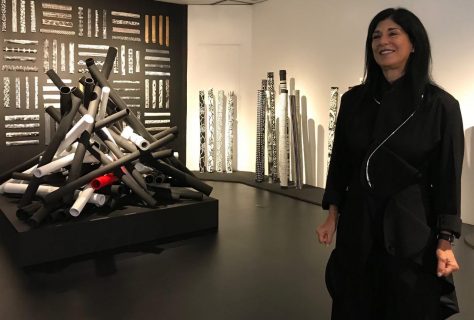 “Everywhere I went, I saw that the bamboo is used so often and it is a beautiful kind of plant,” she said.
“Everywhere I went, I saw that the bamboo is used so often and it is a beautiful kind of plant,” she said.
Anat said that the bamboo “symbolizes so many nice things like magic, flexibility, serenity and simplicity.”
Her fascination to the tropical plant led her to create fabric designs on bamboos, from leaves, animal skins, flowers, stripes, abstracts, marbles, geometric patterns, laces and bricks.
Interestingly, “none of them are printed on fabric,” Anat said.
Fashion designer to bamboo artist
Anat’s friends thought that the bamboo art pieces displayed in her home were fabrics and fabric rolls. “That was the effect that I want to show people,” she said.
 As a fashion designer, Anat’s collection has been showcased in fashion shows and has been always been in the clothing and apparel business.
As a fashion designer, Anat’s collection has been showcased in fashion shows and has been always been in the clothing and apparel business.
“This is my first show as an artist showcasing the bamboo,” she said. “I like it more here, but don’t tell the fashion industry,” Anat joked.
“As an industrial designer, I do what the customers want or what I believe what will be bought or what people want to wear. It’s not exactly my personal taste. But here, I did whatever I wished to do,” Anat said.
Anat also worked with Paete wood carvers, adding another layer of style and technique in her bamboo art installations.
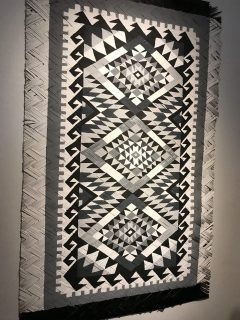 “I do a lot of color combinations, but at the end of the day, black and white are representing all the colors,” Anat said. Referring to an installation with just one bamboo pole in color red, the artist said, “it shows my excitement and my wish to create.”
“I do a lot of color combinations, but at the end of the day, black and white are representing all the colors,” Anat said. Referring to an installation with just one bamboo pole in color red, the artist said, “it shows my excitement and my wish to create.”
Also in black and white is the show’s centerpiece entitled “Sawali” that depicts the marriage of Israel and Philippine cultures. Anat re-created a kilim carpet design hung in her parent’s home in Israel on a Philippine traditional hut’s wall made of bamboo.
“This cultural artistic trip is a way for me to show my love to the Philippines and my love and admiration to its people,” Anat said. The bamboo art exhibit will run at the Ayala Museum until August 19, 2018.

